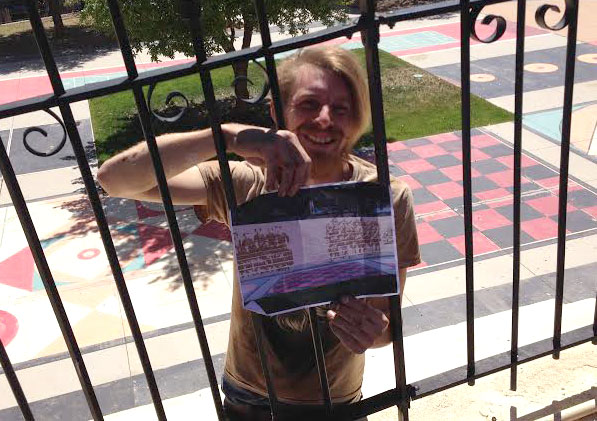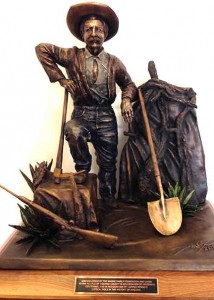By Gary Dillard
epicofbisbee.com
Bisbee history is unbelievably rich and diverse. From progressive women to murderous men, from a Democrat stronghold to the power behind the Bull Moose party. From great wealth and political power to a back seat in state governance, Bisbee has it all.
Dozens, hundreds, thousands of stories. You can dig as deep as you want and always find more. Much like its fabulous ore bodies.
It has several “founding dates:” The original discoverers filed the first mining claim in the summer of 1877; it got a name and a post office in 1880; and it was incorporated in 1902. Each date is important.
It had (at least) three major booms: mid-1880s, turn of the 20th century, and mid-20th century. Again, each boom brought significant changes and new residents with new ideas and renewed creativity. (So, too, with its near-demise in the late 1970s.)
Slow growth
Tombstone was a silver-mining camp, and though it was discovered at the same time as Bisbee, it boomed faster and became the county seat when Cochise County was carved out of Pima County in 1881. That left Bisbee with a local jail, for example, that was just a holding cell, and trials for area crimes were held in Tombstone. Continue reading “Bisbee history is rich and exciting”



